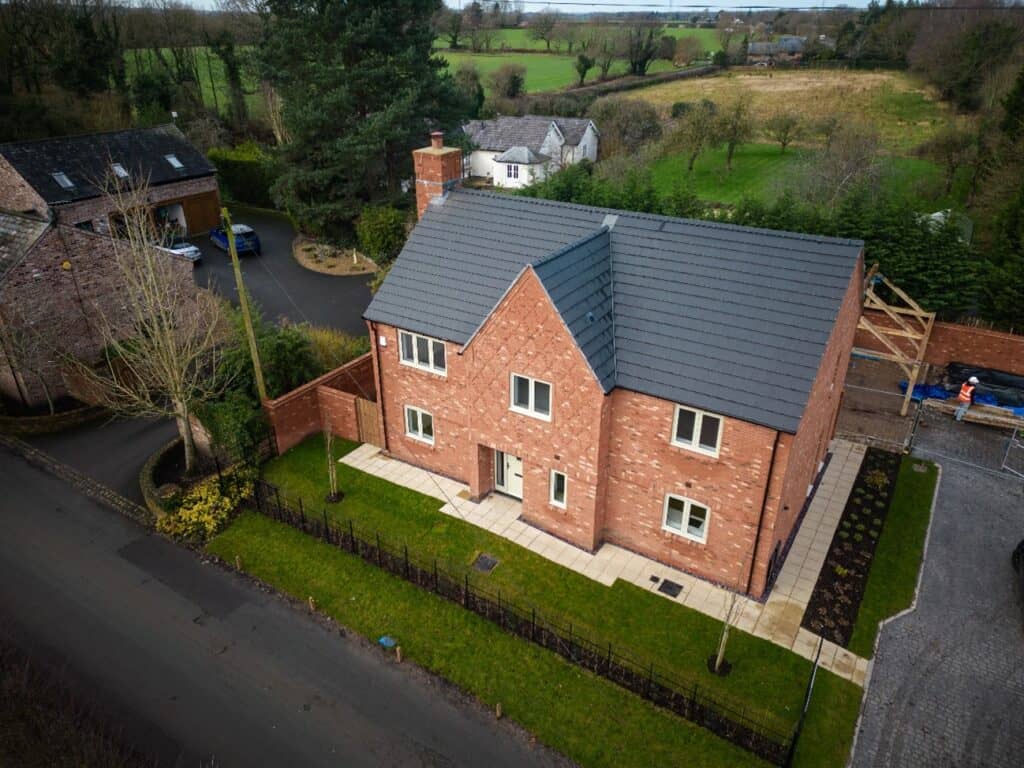
Houses of Parliament and Big Ben, Westminster
Why we need strong leadership and wide-ranging solutions
As a planning consultancy we naturally talk a lot about housing delivery. But in recent months the discourse has hurtled into the mainstream news and political agenda.
Ever since the government published its proposed NPPF changes before Christmas, the industry has been shouting loudly on how the proposals may impact on what was already a deepening housing crisis.
The Labour party has made housing delivery one of its core campaign promises with Kier Starmer declaring that Labour will be the party of housebuilding.
And, last month, 161 SME housebuilders wrote an open letter to the government highlighting the struggles they’re facing and calling for more support.
No doubt about it; the housing crisis is firmly on the political agenda.
These are not new issues. We’ve been talking about the changing face of planning and the challenges confronting SME builders for over a year. But the front-page political chatter means that the pressure is ramping up on politicians to step up and solve the problem.
Our simple but complex problem
We helped SME Edgefold Homes secure planning permission for new homes on Green Belt land at Orchard Gardens, Dunham
In a sense our leaders have a very simple question to answer: are we a country that supports house building or not?
Following World War II and in crisis-recovery mode, the nation rallied together under strong leadership. Politicians knew that key to rebuilding the economy was providing housing. So we built.
Now we are in crisis again. The simple question is this: are we going to do the same?
Yet, in another sense it’s far from simple. It’s a multi-faceted problem with a host of interconnected issues and impacts to unpick.
We have an overwhelmed and underfunded planning system that is dealing with instability in central government (there have been 15 housing ministers since 2010), major proposed changes to NPPF and near constant tinkering around the edges. Be it added requirements for beauty, nitrate neutrality or biodiversity net gain, these extra layers aren’t doing anything to speed up housing delivery.
It’s resulted in 58 local authorities withdrawing or pausing their local plan making which they anticipate will result in a drop of around 77,000 new homes per year.
And that’s before we embark on tackling the all-encompassing climate and biodiversity crises which will inevitably put additional cost burdens on house builders.
What can be done?
An immediate problem requires an immediate response
Beyond a shadow of a doubt, an appropriate response to this problem is overdue. Things need to happen now. It’s an immediate problem, as Baroness Thornhill astutely put it in the Built Environment Committee recently, not something to kick into the long grass.
Instead, six weeks since SMEs convened at 10 Downing Street there is still no response from the government. It looks suspiciously like it has been brushed under the carpet.
And DLUHC is reported to have handed back to the Treasury £1.9bn of funds intended to tackle the housing crisis. At the risk of asking the obvious, if the private sector is struggling to deliver the government’s housing targets, why isn’t the government building more homes?
We must throw the kitchen sink at it
It’s clear to us that this problem has got to be tackled from all sides.
We need to unlock major urban regeneration projects, and we need to release small housing sites for SMEs and self-builders.
We need a government programme of social house building and we need the private sector to be able to get on and get building.
We need a review of the Green Belt and we need to unblock the planning process.
We need new build and retrofit.
We need bespoke and pre-fab.
… We need to throw the kitchen sink at it.
Strong leadership and creative thinking

Manchester Town Hall. The City of Manchester is one of nine local authorities working together to prepare a spatial plan.
Here in the northwest, the spatial plan for Greater Manchester, Places for Everyone is inching closer towards adoption, with the Inspectors confirming in an interim response last week that the proposed main modifications will be effective in making the plan sound.
Bringing more certainty to our plan-led system, this is good news for all involved in the planning process. With 4% of Green Belt proposed for release and an identified housing requirement of 175,000 new homes over the plan period, the industry must jump on this new plan and work together to deliver it, with urgency.
But, importantly, is it going to help solve our housing crisis? Does it demonstrate the creative thinking that we need to surmount the problems the system faces? The problem of an overwhelmed and underfunded planning system won’t dissipate with the adoption of a strategic plan.
Yes, we must push on with getting local plans adopted. But we also need political leaders who listen to those working at the coalface across the industry and respond with policies and proposals that help not hinder. Watering down the proposals on increasing planning application fees simply won’t cut it.
And across the industry, we must all think creatively and open-minded about finding solutions that will work.
We need government and private sector interventions, and we need the two to work better together. There is no doubt that decent housing is key to so many other vital components of life: health, education, economic growth. So let’s stop tinkering, get creative and tackle this crisis from all angles.
If you need up-to-date advice on how to navigate our complex planning system to secure consent for your housing proposal, get in touch.
